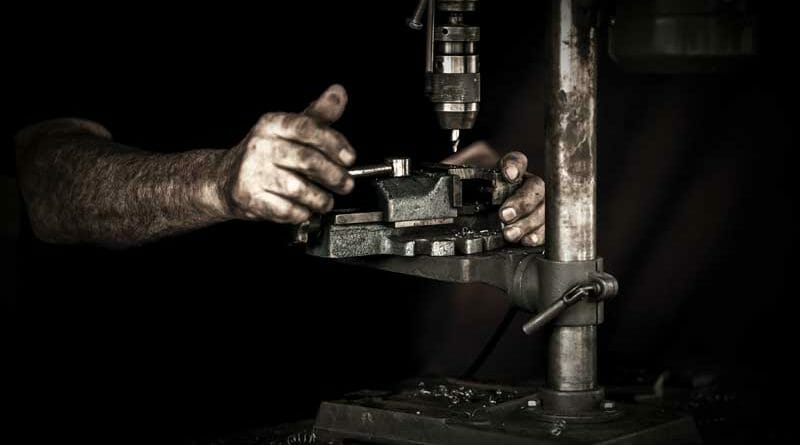Career and Technical Education Center to Provide High-Demand workforce Training to High School
The Career and Technical Education Center will enable Baton Rouge area high school juniors and seniors to get workforce training in high-demand jobs while also pursuing their high school diploma. It will address two challenges: the lack of skilled workers needed to fill positions at local companies and plants and the gap between young people and well-paying jobs. The center will offer high school juniors and seniors the opportunity to earn a diploma from their regular high school while also receiving workforce training and industry certification in high-demand fields.The dual-enrollment facility is a proverbial win-win for the community and promises to put a dent in one of the area’s most pressing challenges.
The $17 million facility, under construction next to the McKay Automotive Training Center at Ardendale, has been in the works for more than a decade and is the product of a collaborative effort between multiple agencies and organizations led by the Baton Rouge Area Foundation.
CTEC is modeled after a program in Newnan, Georgia, a small city outside of Atlanta that realized back in the early 2000s it was losing its young people after high school, even while good jobs in the community remain unfilled.
So they did something that sounds so simple but isn’t—they trained young people for jobs that exist,” BRAF President John Spain says.
CTEC plans to do the same thing. The school will focus on providing job training in four high-demand areas: computer science, skilled crafts, medical and manufacturing. Students enrolled in the school—juniors and seniors—will attend class at their regular high school for half the day, then take classes at CTEC for the other half.
“We will try to map business needs and community needs to student needs,” Dann says.
CTEC will also offer “professionalism” classes that help students learn how to find and apply for internships and jobs.
The school plans to enroll 150 students next fall. Those students will be admitted based on an application and interview process. Dann is currently making the rounds at local high schools, meeting with principals to let them know what CTEC has to offer and to enlist their help in encouraging students who would be a good fit for the school to apply.
Eventually, CTEC will be able to accommodate 300 students on its existing campus, and it has available space on its site to expand.
For years, local business and industry leaders have complained they can’t find enough skilled workers to fill positions in their companies and plants. At the same time, many young people complain they can’t find a good-paying job.
Before any of that can happen, however, CTEC has to recruit faculty, which Dann says will be a challenge. Though the local business community has been very generous with donating tools and equipment that can be used in CTEC training, Dann wonders how willing experienced professionals and tradesmen will be to give up good-paying positions to teach school.
“One of the reasons we’re doing this is because we have a workforce shortage,” she says. “So the people who are working are well paid and don’t want to give up a good job.”
Dann is hoping to recruit retired workers or those in mid-career who are maybe looking to do something different with their lives.
Another challenge she is working through is figuring out how to get incoming students up to speed so they are ready to take classes that will enable them to be certified as plumbers, electricians, EMTs and certified nursing assistants.
Some EBR high schools already offer the kind of prerequisites CTEC students will need to take. Dann is working with the system to bring those kinds of classes—jobsite safety courses, for instance—to other schools. In the meantime, she plans to create a boot camp or extended orientation program that incoming students can take over the summer before the start of the new school year.
Local industry executives who have long complained about the challenges of hiring skilled workers say CTEC has the potential to transform the local workforce and the economy.
“In three generations, no one has ever communicated like this and connected the dots,” Turner Industries Executive Vice President Stephen Toups says. “This is a phenomenal program and EBR has been late to the dance. We are happy they have finally been able to make it happen.”

